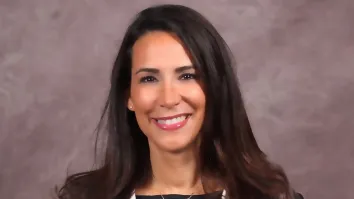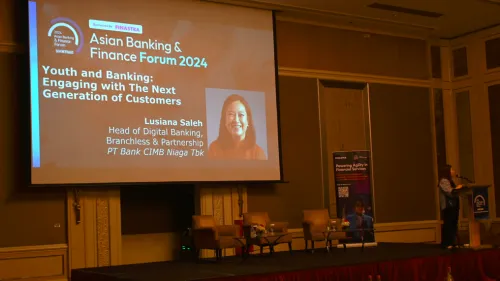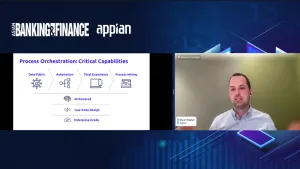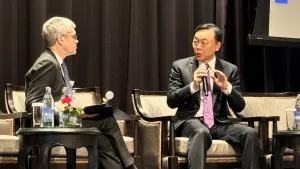
Here's why banks' contact centres badly need an overhaul
Consumers rank contact centres last when it comes to bank interaction.
When Standard Chartered reported a 12% decline in call volume to its contact centres, it also discovered that conversation lengths are longer, complaints are lower, and sales are higher. Meanwhile, Bain & Company’s banking survey of 115,000 customers shows that contact centres are ranked last when it comes to bank interaction over various channels. This may not be surprising, but banks should be careful to interpret this as an eventual demise of customer engagement over the phone.
Mobile apps may be the name of the customer engagement game, but emerging trends prove that clients still need a live and audible interaction. This led to renewed attention to contact centres as they prove to play a huge role in identifying clients’ most crucial concerns. According to Nikola Glusac, partner at Bain & Company, most customer interactions at bank contact centres are moment-of-truth encounters, such as a customer calling to report a stolen credit card.
Contact centre engagements may form just 10% of customer interactions at most banks, but they represent nearly 30% of real-time crucial encounters. The outcome of conversations over the phone can be a dealbreaker for customers, adds Glusac, and the bank must place a good deal of focus on the contact centre if this is to be so.
“Contact centres are uniquely positioned to identify friction and failure points in the digital experience, as tens of thousands of customer interactions may flow through the centres each day, providing a wealth of data,” says Glusac. Whilst clients have significantly better experiences in digital channels, Glusac says that some issues are still best handled by phone and some customers prefer to speak to a real person.
Need-based model
Stuart Beaumont, voice and virtual head at Standard Chartered, says that banks also have to recognise that contact centres are not just a place for service resolution, but for need-based conversations. “Analytics helps us to understand and serve our clients better. We use analytics to have better and more personalised conversations — we understand why the client is calling and can, at times, pre-empt their needs. We can then route them to the best person who can help them with their enquiry,” Beaumont adds.
Bank contact centres have to ride the wave of digitalisation and innovation in order to find their meaningful place in the customer engagement process. Standard Chartered, for instance, has ventured into speech analytics to help understand real-time client needs andresolve issues more effectively. Glusac says that whilst the reimagining of bank contact centres may prove to be a challenge, it is a risk that is definitely worth taking.
















 Advertise
Advertise






